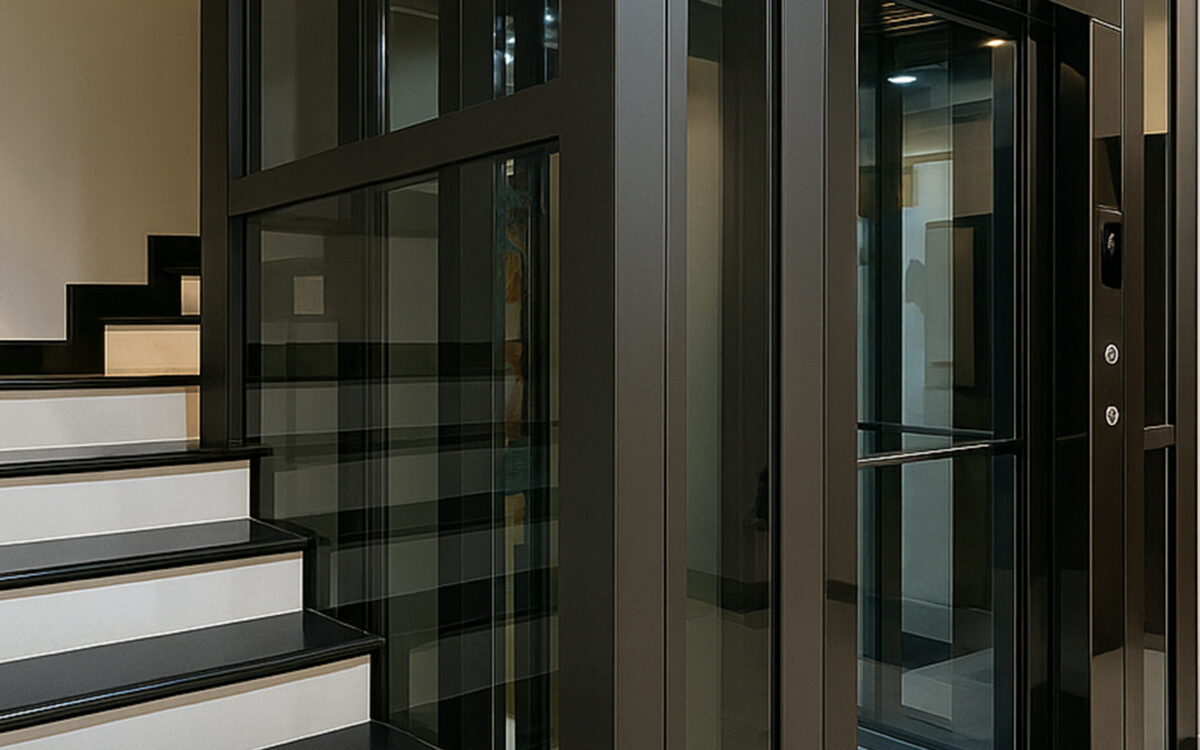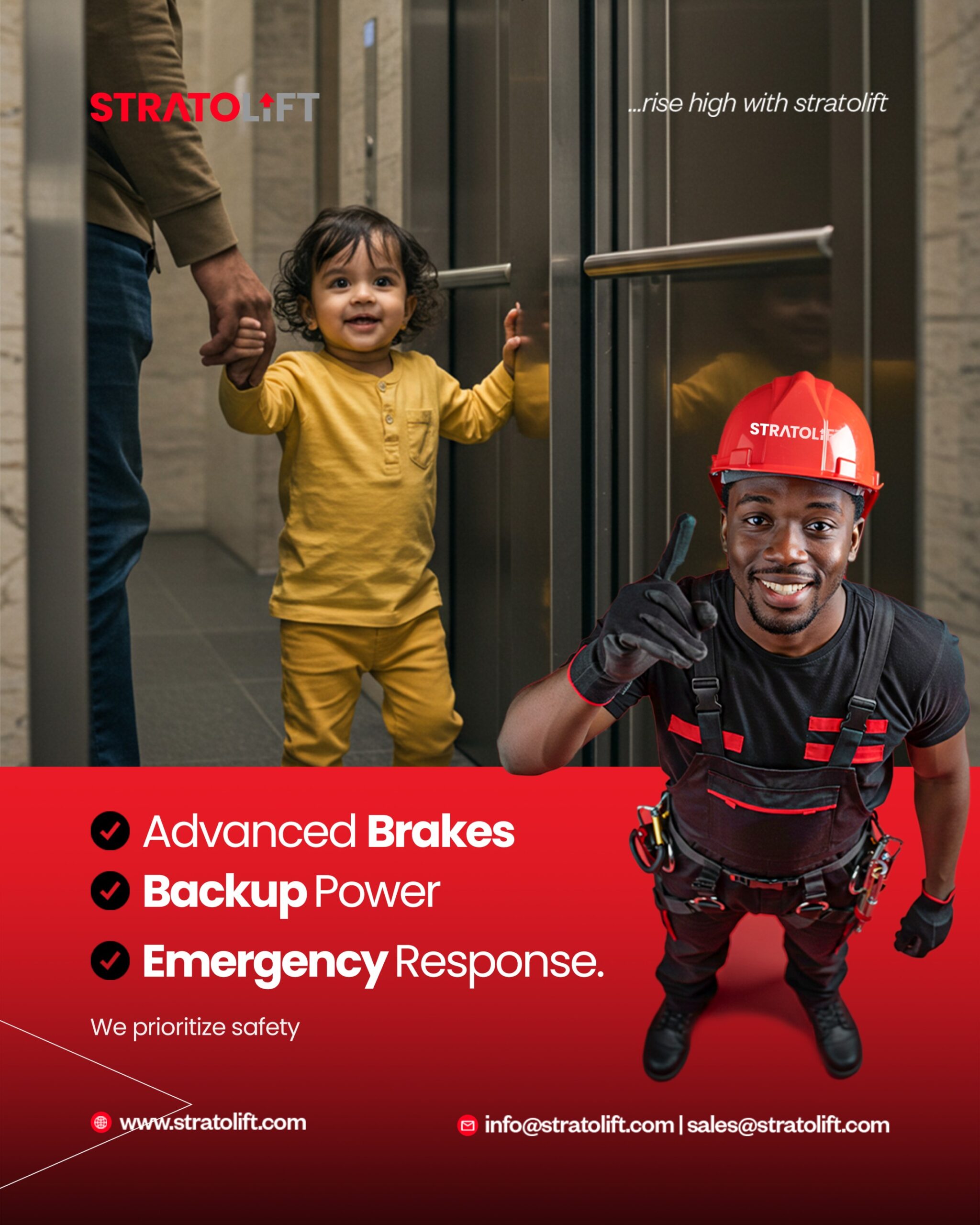
Choosing the Right Elevator: Quality Insights for Modern Homes
Introduction
In today’s property market, elevators are no longer just a functional feature. They have become a lifestyle investment, influencing the value, comfort, and design of homes. For elevator companies and homeowners alike, understanding how to match the right lift system with a building’s design is the key to delivering both performance and aesthetics.
This article explores the latest insights on quality standards, new technology, and practical considerations that guide the choice of residential elevators.
Quality Standards in Modern Elevators
A quality elevator is defined not just by smooth movement but by durability, safety, and how seamlessly it integrates into a home. The best companies now emphasize:
- Safety Certifications: Compliance with international standards (EN81, ISO, or local regulatory codes) ensures reliability.
- Energy Efficiency: New traction and pneumatic systems reduce energy consumption, appealing to eco-conscious homeowners.
- Smart Features: Elevators with touchless controls, IoT monitoring, and emergency communication systems increase both convenience and safety.
- Aesthetic Customization: From glass panoramic cabins to wooden finishes, customization has become part of the quality benchmark.
Matching Elevators to House Design
The “best” elevator isn’t always the largest or most advanced—it’s the one that blends seamlessly with the architecture and daily needs of the household. Here’s how to determine what fits:
- Space & Shaft Availability
- Compact shafts (as slim as 120mm) can still accommodate high-quality elevators.
- For smaller homes, machine-room-less (MRL) elevators are often ideal.
- Design Style
- Luxury homes often favor panoramic glass lifts, highlighting architectural beauty.
- Traditional interiors may suit elevators with classic wooden or stainless-steel finishes.
- Purpose of Use
- For family residences, a 4–6 passenger home lift may suffice.
- For accessibility, platform or stair lifts provide practical mobility solutions.
- In high-value homes, panoramic or traction lifts add prestige while ensuring long-term utility.
- Budget & Value Addition
- While cost matters, it’s important to factor in how the elevator impacts property value and resale potential.
- Developers often find that a well-chosen lift can increase property attractiveness by up to 15%.
Latest Trends to Watch
- Eco-Friendly Designs: Regenerative drive systems that recycle energy back into the building’s grid.
- Silent Operation: Quieter systems for homes where peace and comfort are top priorities.
- Smart Integration: Elevators connected with smart home systems (voice commands, app monitoring).
- Retrofitting Solutions: Modern lifts designed for older houses or heritage properties without extensive reconstruction.
Conclusion
The right elevator choice combines engineering quality with architectural harmony. For elevator companies, offering tailored advice based on house design ensures customer satisfaction and positions the brand as a trusted partner in modern living.
For homeowners and developers, the best elevator isn’t just about vertical transport—it’s about comfort, prestige, accessibility, and long-term value.
With new technologies and flexible design solutions available, every home—whether compact or luxurious—can now have a lift that suits its needs perfectly.







